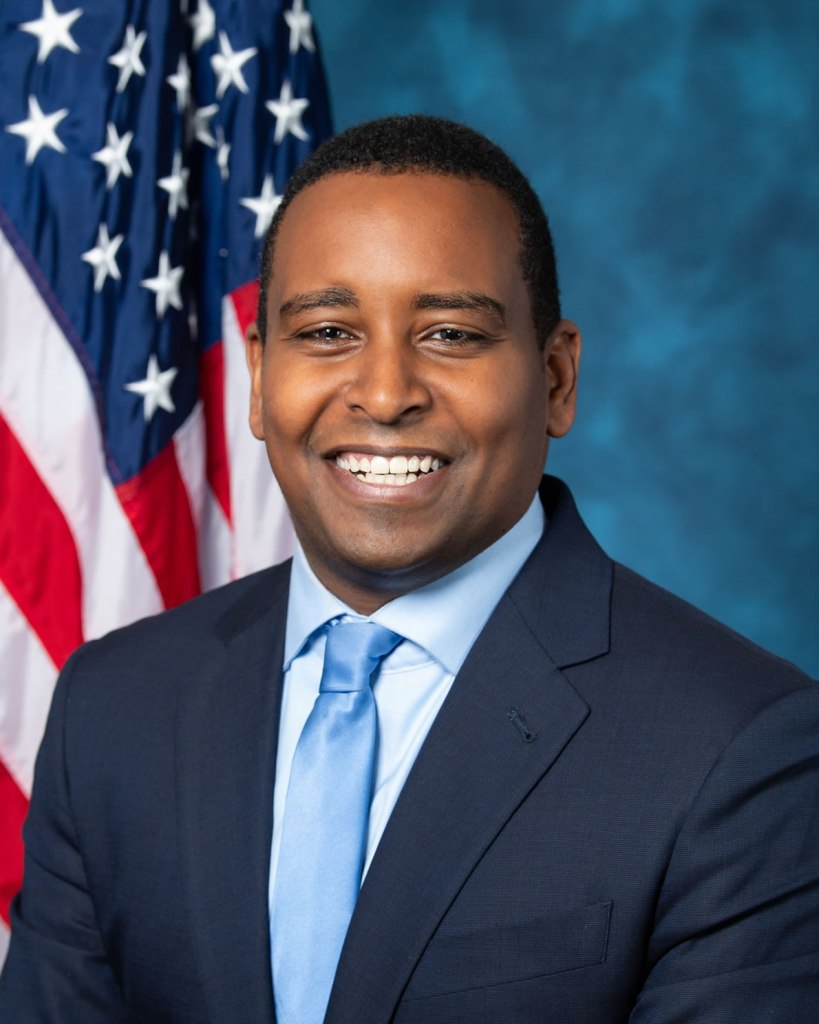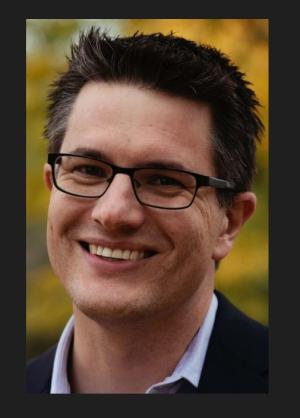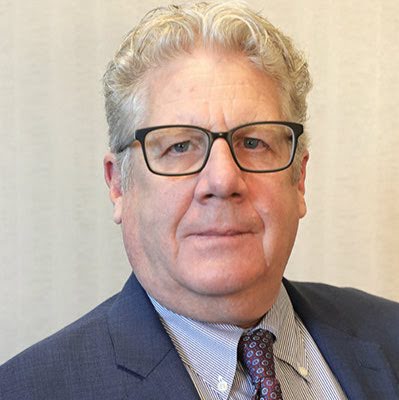Colorado congressman Joe Neguse has taken issue with the current occupancy requirement for the Home Equity Conversion Mortgage (HECM) program, and has sent a letter to Federal Housing Administration (FHA) Commissioner Julia Gordon to inquire about how the requirement could be changed.
Neguse, a Democrat, submitted the letter last Wednesday, describing how the current HECM occupancy requirements can cause borrowers to run afoul of their loan terms if they are impacted by a natural disaster.
Neguse says that constituents have reached out to him over a recent news story related to a reverse mortgage borrower in his district. That borrower recently faced a potential reverse mortgage foreclosure after losing his home in a fire that burned more than 6,000 acres and caused an estimated $513 million in damage.
The letter
For HECM borrowers to keep their loan in good standing, they must continue to certify their occupancy each year while the home must be the principal residence of at least one borrower of the loan.

In his letter, Neguse cites the Government Accountability Office (GAO) when he says that most reverse mortgage defaults are caused by a failure of borrowers to meet the HECM occupancy requirements.
“In the case of natural disasters and similar emergency situations […] the temporary evacuation of communities is often necessary to protect human life and then to rebuild property following extensive damage,” Neguse wrote. “And yet, regardless of these unique circumstances, if HECM occupancy requirements were not met, some lenders apparently argue that federal regulations permit them to foreclose on reverse mortgages for damaged or destroyed property.”
If borrowers are acting in good faith to remain in good standing with their loans or to rebuild or sell the affected property, they should not be penalized for having to face foreclosure on top of the disaster itself, Neguse wrote.
“I greatly appreciate the urgency with which you responded to the Marshall Fire,” Neguse wrote. “I ask that you promptly update current guidelines and allow for a situational prohibition on foreclosures in this instance and in event of similar future disasters. Thank you in advance for your consideration.”
Time to rebuild vs. occupancy requirements
Neguse also said in his letter that for those impacted by the loss of a home in a natural disaster such as the Marshall Fire, the amount of time it takes to rebuild can last between 12 and 24 months, which would not be allowed under current guidelines.

In an interview with RMD earlier this month, Colorado State Rep. Kyle Brown (D) — who represents the constituent displaced by the fire before he faced a foreclosure on his reverse mortgage — encouraged action at the federal level, particularly when it comes to the amount of time disaster victims are typically given by other services.
“It takes a while for folks to rebuild their home,” Brown previously told RMD. “And so, even though I know the federal protections are for about a year, insurance companies generally give people two years where they’re paying for what’s called ‘alternative living expenses.’ So they’re expecting people to be out of their homes in the event of a total loss for up to two years at least. So, I would encourage the federal government to consider similar protections.”
In his letter to Gordon, Neguse said he has constituents who are still picking up the pieces from the Marshall Fire.
“Over a year later, many of my constituents are still unable to return to their homes because they are either under construction or in the process of selling the property,” Deguse said. “Regardless of these special circumstances, individuals with a HECM reverse mortgage are at the risk of foreclosure on account of current HUD guidelines.”
Industry response
The National Reverse Mortgage Lenders Association (NRMLA) often communicates with lawmakers about issues related to the HECM program. When reached, NRMLA President Steve Irwin said that there are already policies in place related to this kind of circumstance.

“NRMLA appreciates the concerns expressed by Representative Neguse, though we also believe that the current policies regarding a HECM borrower’s occupancy in properties impacted by natural disasters already provide for extended absences from the property while repairs are undertaken,” Irwin said. “It is important to note that borrowers who require, and desire, reconstruction will have to coordinate and communicate clearly and consistently with the servicer during the repair phase.”
The property in question will also need to be rebuilt to “a similar standard of the original property,” Irwin explained, with the loan servicer making progress inspections.
“If the borrower does not intend to rebuild and return to the damaged property, then appropriate measures will be required to settle the HECM loan,” Irwin said. “I would also note there have been over 43,000 HECMs originated in Colorado, giving Colorado HECM borrowers access to over $8.46 billion in home equity.”
Neither the FHA nor Neguse’s office immediately responded to a request for comment.



